Shanghai: The old and the new
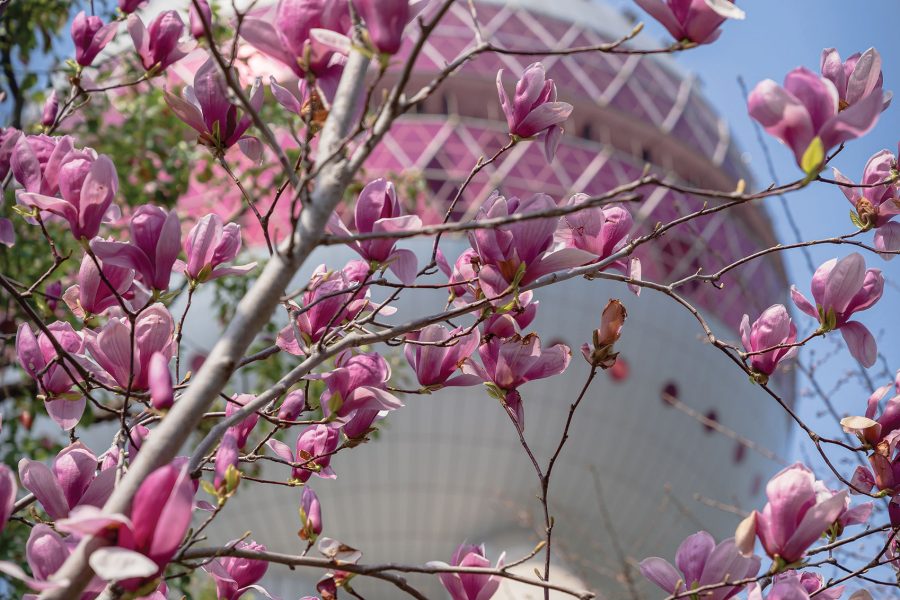
I’ve been told that I have a “time” thing.
I’ll announce the arrival of each month. Recite the precise length of time since [this] happened [when]. For the record, I packed up life in Shanghai 96 months ago and relocated to Hong Kong. Eight years ago, after eight years living in Shanghai.
I’m back for a visit, and this time it feels different. Not because it’s just a few days into my trip and it already feels too short; that’s not new. Not because
I don’t need to quarantine; that’s in the past. But because it feels like there’s a new energy in the city, in the people. After an uncertain 2022, the vibe here is decidedly optimistic: confident that this is the time for anything, everything – and it’s time to reconnect with each other through the host of activities that the city has to offer right now. Everyone is out and about.
I, too, have an urge to make up for lost time, especially with my family based here. My parents, siblings, and two now-teenage nephews who have lived their full childhoods in Shanghai. I wish I could experience this city alongside them – the city that allowed me to be acquainted with the true idea of curiosity, of possibility.
I’d first moved to Shanghai seeking a change of scene. But despite having lived in some of the world’s biggest cities, I never expected this one to change
my impression of what a city could offer, and how that would linger, years later. Shanghai was “up and coming”, racing against itself, constantly chasing its next goal. My new friends and I were doing the same. Big new jobs by day, then turning the city inside out at night. There was always something new to experience, someone new to meet. And we were all for it.
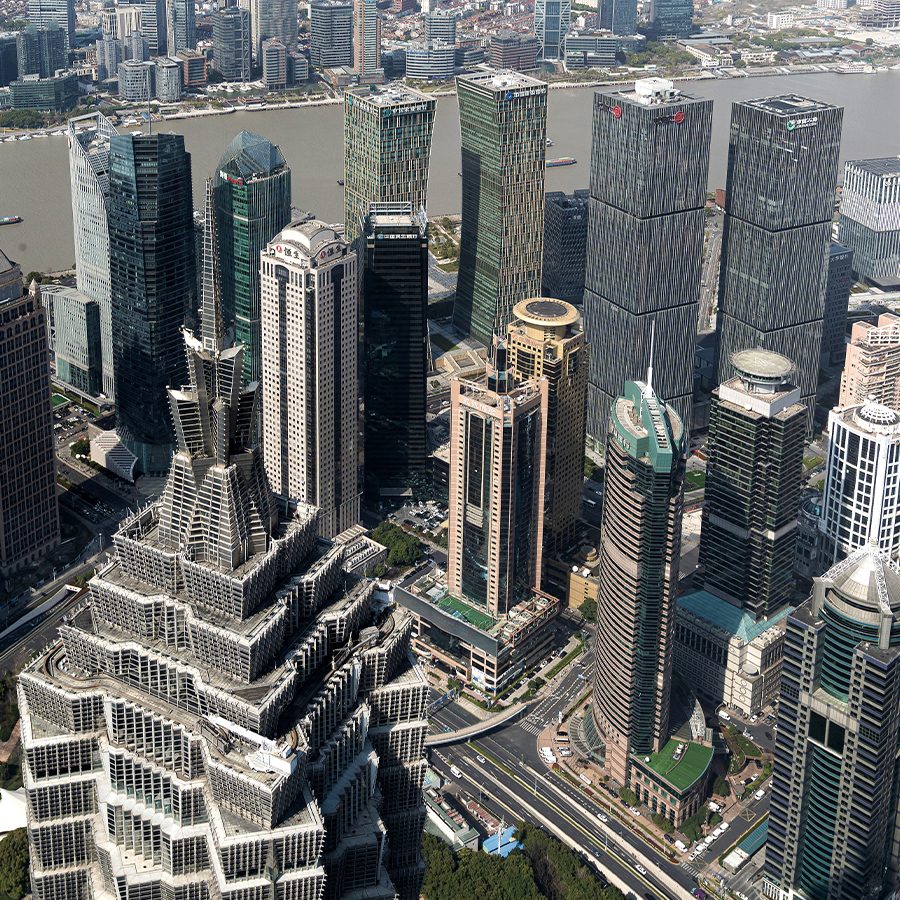
Credit: Georgy Shinkarenko
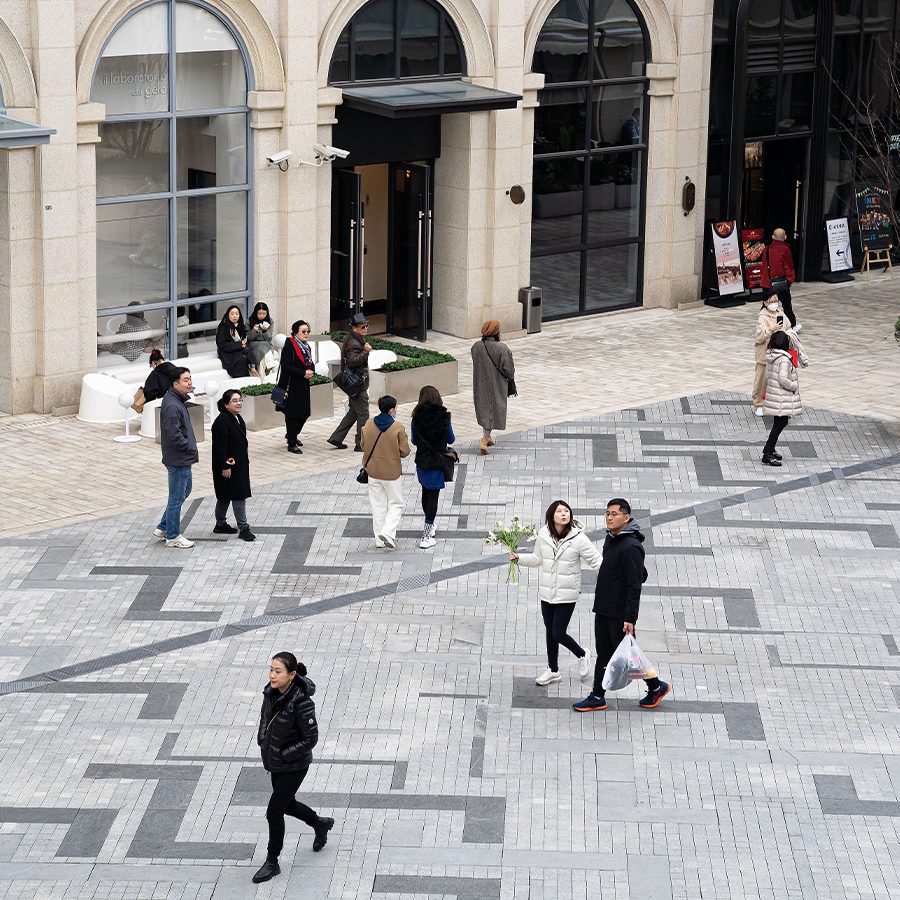
Credit: Georgy Shinkarenko
I love to rediscover the familiar when I’m back. But what I love most is stumbling across new iterations of beloved institutions along the way. Strolling the Bund, I reminisce about traipsing along it in the muggy summer heat, after a big night out at a(nother) bar opening. Those were frequent: we’d find something, love it, then a cookie-cutter, yet somehow even shinier version would open down the block, and that would become the new place to be. To this day, Shanghai’s fickleness remains part of its charm.
There’s nothing like the naivety of the moment you see the classic, very European Bund at night for the first time – including that split-second of paranoia when you turn your head to the effervescent Lujiazui skyline across the river, thinking that it can’t possibly be real. It is, and it’s Shanghai’s best, most glorious modern ta-da. As my camera roll can attest, no matter how many times you relive that view, it never gets old.
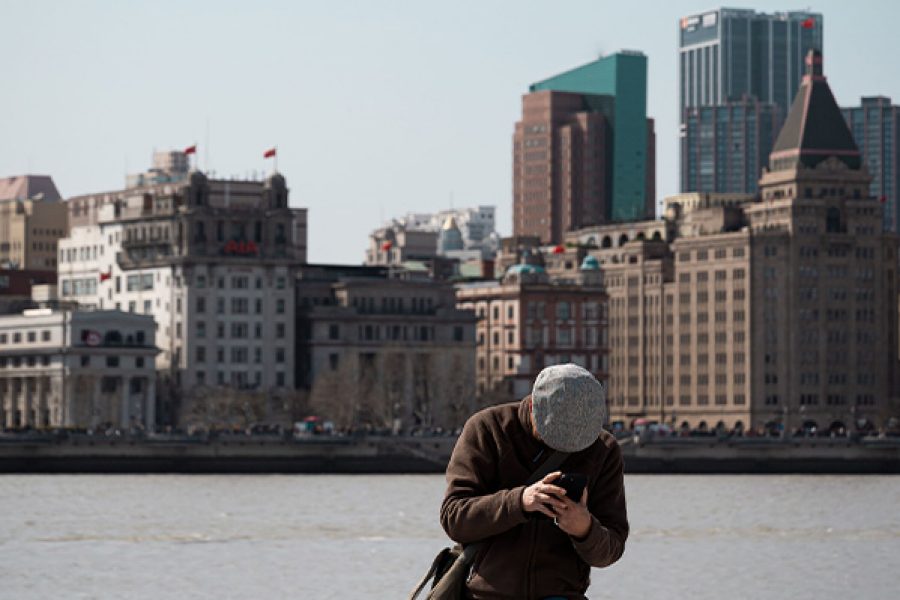
Credit: Georgy Shinkarenko
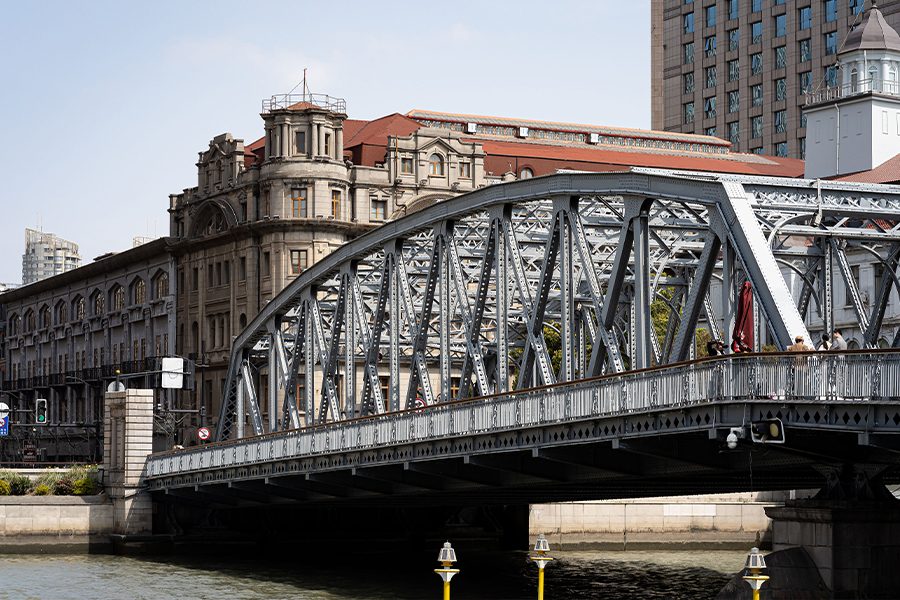
Credit: Georgy Shinkarenko
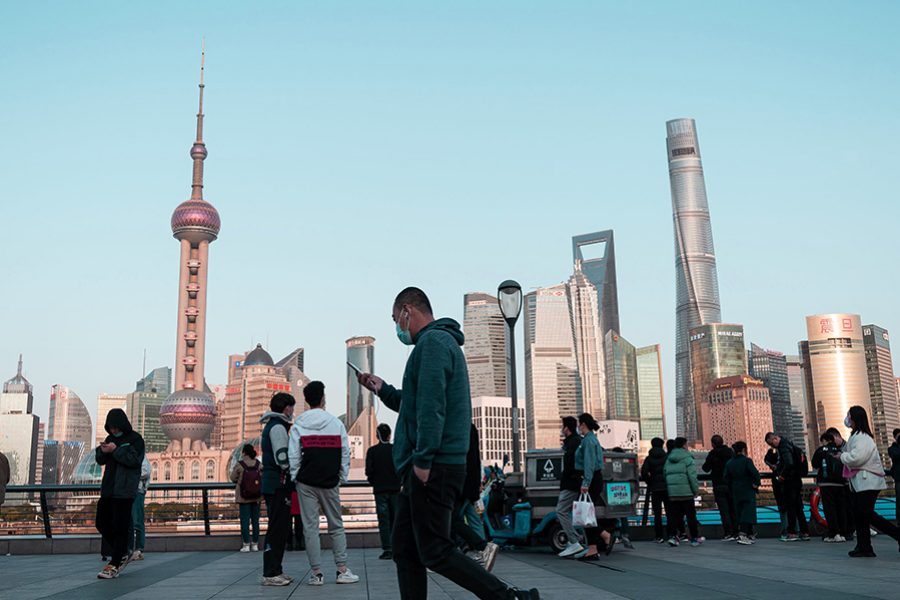
Credit: Georgy Shinkarenko
I head off on one of my favourite walks towards North Bund, which begins at the cobblestoned Yuanmingyuan Lu, off Beijing Dong Lu. This stretch that so distinctly belongs to the old Shanghai has been revitalised with the Rockbund Art Museum and hipster eateries. Heading towards Nan Suzhou Lu, the path leads me across the Zhapu Lu Bridge, past quaint river-side bars and cafés, and I end up in front of the landmark Broadway Mansions Hotel. Owned by Sir Victor Sassoon in the booming 1930s, it’s an Art Deco triumph – one of Shanghai’s earliest attempts at a skyscraper. Finally, the Waibaidu Bridge loops me back to the Bund, and standing there, where Suzhou Creek converges with the Huangpu, the skylines flip-flop again before me. My mind rattles with imagination of the city’s past, and with memories of my own history here. Remember that time, when...? Local friends may have mastered the art of living in the moment; I haven’t quite – not yet.

Credit: Georgy Shinkarenko
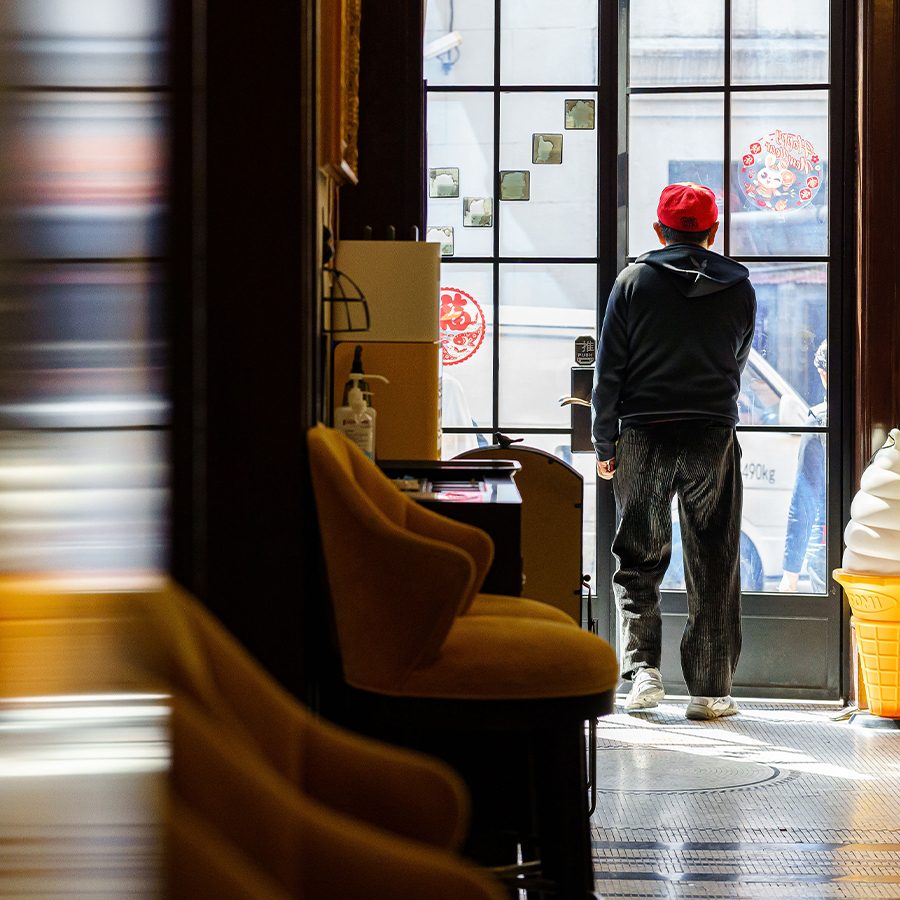
Credit: Georgy Shinkarenko
I end this visit by detouring to East Sea Coffee (110 Dianchi Lu) – the city’s oldest surviving café, dating back to 1934. It reopened a few years ago, serving coffee in stein-like ceramic mugs emblazoned with images of Shanghai past. Seats are taken up by sweet senior Shanghainese, all dressed up. If I’m in awe of what I see after just eight years, I scribble on a napkin, what do they think of their city now?
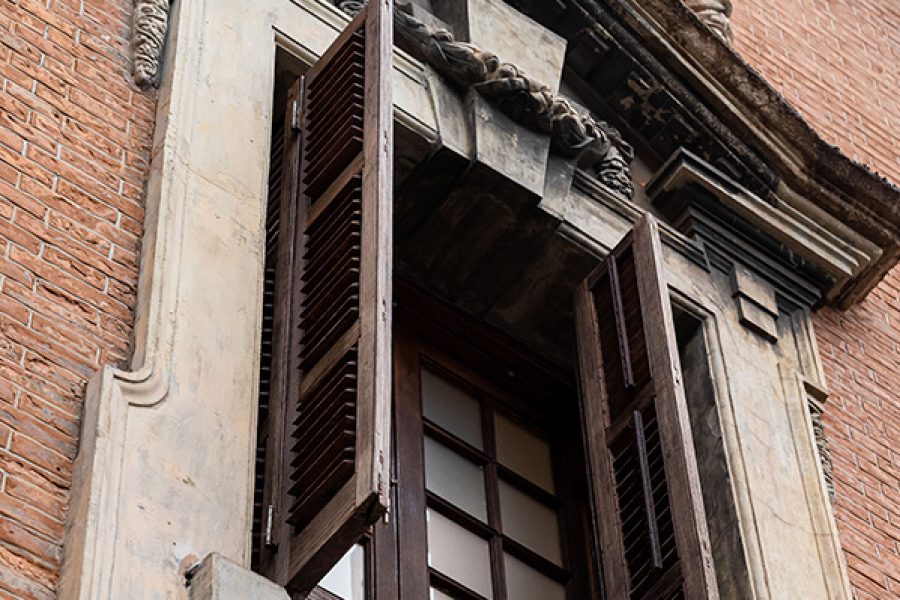
Credit: Georgy Shinkarenko
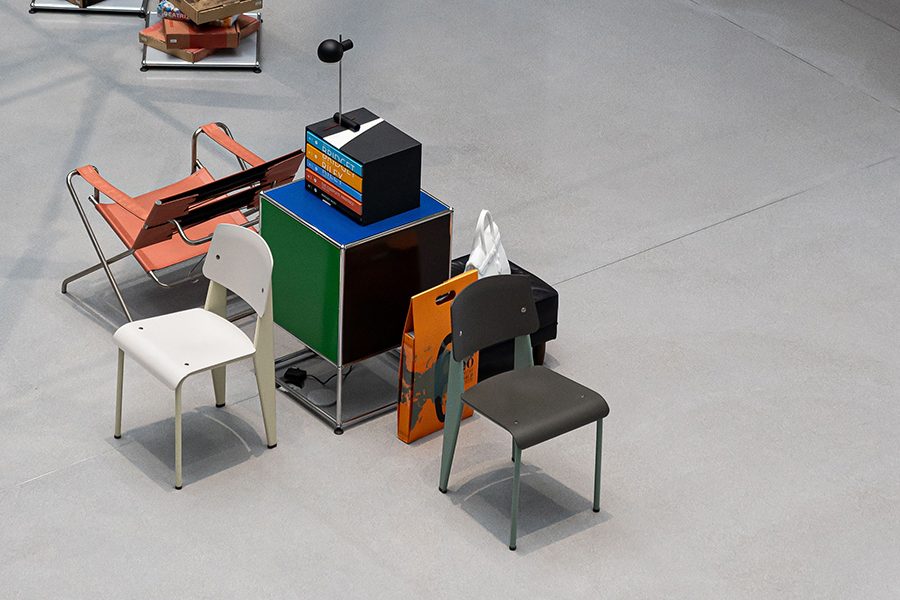
Credit: Georgy Shinkarenko
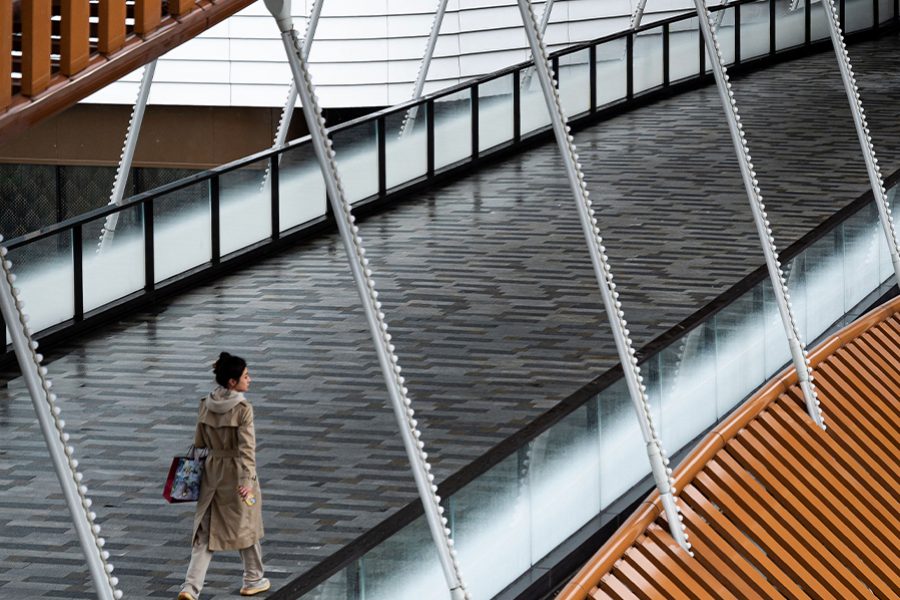
Credit: Georgy Shinkarenko
In West Bund, I’m at the Centre Pompidou outpost. This area, with many other museums along the main road, was really the first project that planted Shanghai firmly on the art map, and where digital art pioneer Teamlab hosted its trial exhibition before landing its own permanent spot a little farther upriver (100 Huayuangang Road). Out of the corner of my eye I spot Qiantan over in Pudong, and I’m off with a tap of my metro card to the open-air shopping mall Taikoo Li Qiantan. Opened in late 2021, it’s big, it’s pet-friendly, it’s got all the name brands you’ll ever covet – including flagships you’ll not find elsewhere in the Chinese Mainland, even the world. When you go big, Shanghai will just go bigger.
But Shanghai shopping wouldn’t be complete without at least one new iteration of a shikumen – the lane house compounds which sit at the heart of historic Shanghai. Zhangyuan, a former private garden turned public space in the 1800s, is now a labyrinth of shops in place of the original dance hall and opera theatre. In this very same space back in 2008, I lined up with friends to get piping hot pan-fried shengjianbao buns for just a few kuai. Now, it’s a scallion oil noodle-flavoured ice cream scoop for 38 yuan at Gelato Dal Cuore, and a spiralling line at a Blue Bottle Coffee outlet designed by Shanghai starchitect duo Neri & Hu. Old, meet new.
From the 120th floor of the new J Hotel Shanghai Tower, located in the tallest building in China, I can’t believe that I’m peering down at the tops of the neighbouring Jinmao Tower, Shanghai World Financial Center and the Oriental Pearl Tower. It’s a rare, clear, blue-sky day, and endless clusters of buildings spread out as far as Chongming Island in the distance.
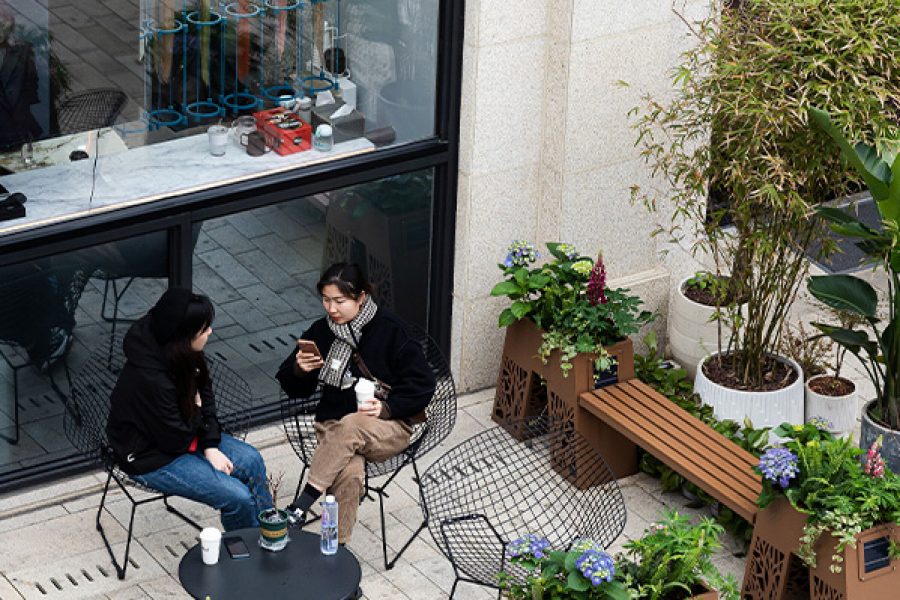
Credit: Georgy Shinkarenko
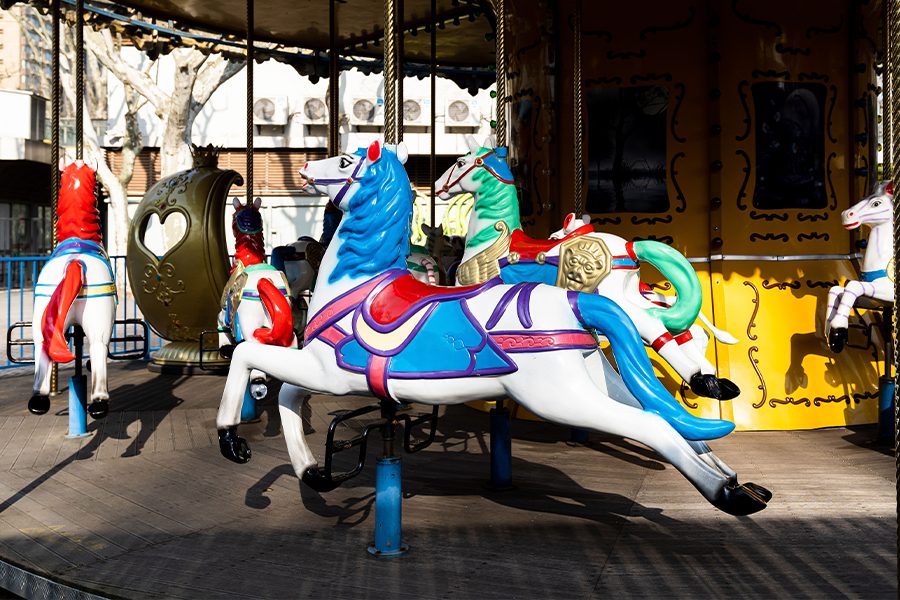
Credit: Georgy Shinkarenko
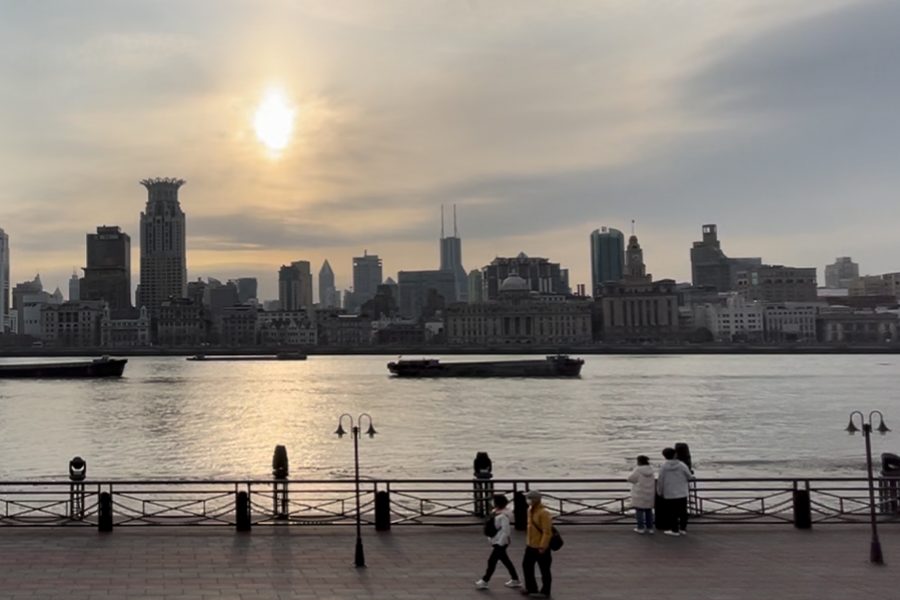
Credit: Emily Chu
I mull over how tradition, renewed with fresh ambition, is redefining this awakening city. Shanghai’s grown up; so have I, since the days of discovering the city alongside a group of friends who have now parted ways. A group with whom I remain forever bonded by that time when we ended up here from random corners of the world, wide-eyed, not knowing what was in store, only knowing we couldn’t stay away. From up here, the perspectives are jarring, visually, and mentally. The kaleidoscopic retrospection is a bit daunting, and very haunting.
There’s never enough time when I know I’m about to say goodbye to Shanghai (again). One week to go, one day to go. Perhaps my timestamps are just nostalgia in disguise. But maybe in Shanghai, it shouldn’t be about that time when, or how long since. Maybe, the past and the present have to be held together, shaping how my Shanghai is meant to be. The city embraces the old and new equally, perfectly, and I should learn to do the same.
To take in one last bit of the city, I take a farewell walk through the Parisian greenery of Fuxing Park. I’m trailed by a stray kitten as I meander through the rose garden, budding with signs of spring. I spot a carousel in its endless musical pirouette, empty without riders. That’s okay. Once a playground, always a playground.
Give it time, and it will feel like I never left Shanghai at all.
Video credit: Emily Chu
Shanghai revisited: try these alternatives for a new take on the tried-and-true
Discovery by Foot
Hengshan Lu, at the heart of the former French Concession, remains incomparably beautiful. Hengshan 8 is a new F&B development with plenty of al fresco seating; stroll down Taojiang Lu and Dongping Lu, which have come alive with new retail spaces, including the very hip, very popular HAO Market .
Another Bund
Located on the Pudong side, the East Bund Promenade addition in Lujiazui gives you the best vantage point of the sun setting over the Bund in Puxi. Head over for a meal or drink at the restaurants, go for a bike ride, or just hang out and watch the city stroll past.
Latest in Art
Opened in 2021, the Ateliers Jean Nouvel- designed Museum of Art Pudong brings together work by world-class artists through international collaborations and local artists. As a bonus, the rooftop restaurant ROOF P.M. Modern Dining provides more sweeping views of the Bund.
Sip and Chat
A time-honoured form of socialising is seeing a renaissance in Shanghai. Many tea houses in the city, usually inside lanehouses, are hosting weilu zhucha: the gathering around a stone stove to grill rice cakes, persimmons and jujubes, along with roasting a pot of tea – just as it was done long ago.
More inspiration
Shanghai travel information
- China – the Chinese Mainland, Hong Kong SAR, Macao SAR and Taiwan Region
- Hong Kong SAR - English
- Chinese Mainland (China) - English
- Taiwan, China - English
- 香港特別行政區 - 繁體中文
- 中国內地 - 简体中文
- 中國台灣 - 繁體中文
- Africa
- South Africa - English
- Americas
- Canada - English
- Canada - Français
- United States - English
- Asia
- Bangladesh - English
- Korea - English
- Singapore - English
- Cambodia - English
- 한국 - 한국어
- Sri Lanka - English
- India - English
- Malaysia - English
- Thailand - English
- Indonesia - English
- Maldives - English
- ประเทศไทย - ภาษาไทย
- Indonesia - Bahasa Indonesia
- Myanmar - English
- Vietnam - English
- Japan - English
- Nepal - English
- Việt Nam - tiếng Việt
- 日本 - 日本語
- Philippines - English
- Australasia
- Australia - English
- New Zealand - English








